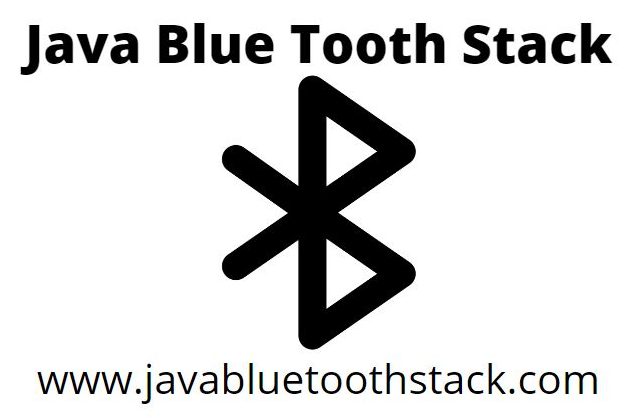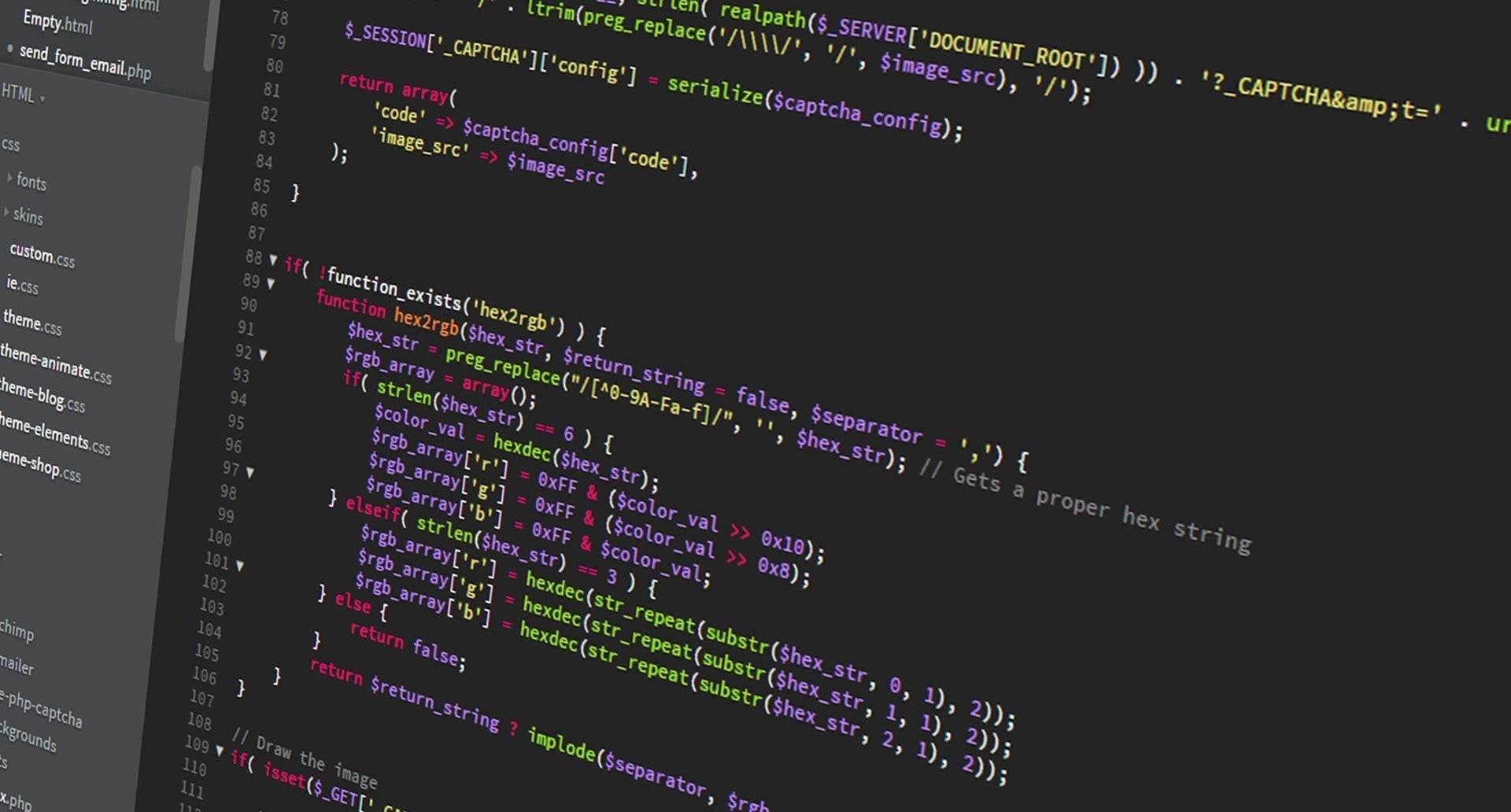Whether you’re looking for a creative career or a rewarding career in technology, there are many ways to use JavaScript in your job search. The language is widely used on millions of websites and is highly marketable. As a result, you can land many creative and rewarding jobs. Listed below are just a few of the many different types of jobs you can apply for if you know JavaScript.
The demand for JavaScript developers is high, but there aren’t enough places to find these employees. Luckily, you can learn the language in just a few months, and even faster than you might imagine! Cho and O’Neill each took four months to learn the language, and you can too. There are many online resources to help you learn JavaScript, including Codeacademy, Freecodecamp, and Udemy. Taking advantage of meetups held by developers in your area is another great way to meet people and get hired.
If you know JavaScript, you’ll be a valuable asset to any job search. This highly versatile language is used to create complex features for websites. As a result, understanding this language will help you meet more demanding client demands, develop interactive websites, and focus on the user’s experience. The most important question to ask yourself is what kinds of jobs can you apply for if you know JavaScript?
What is the Java Bluetooth Stack?
If you are using Java, then you are likely wondering what is the ‘Java Bluetooth Stack‘. Bluetooth is a technology that makes it possible to send and receive data from Bluetooth devices. Bluetooth stacks are made up of a number of components. Among these components is osReactor, which implements the Reactor Design Pattern. This class demultiplexes events and passes them to a list of Request Handlers. Each Request Handler registers itself through a Dispatcher. A demultiplexer will typically send an OnReadReady signal to an Event Handler, which means that the handler can read from the queue. Similarly, OnWriteReady will indicate that the demultiplexer is ready to consume events and write to the queue, which is typically associated with EPOLLOUT.
The Bluetooth stack does not need to be written in Java. Some Bluetooth vendors implement an all-Java Bluetooth stack while others implement a Java interface to a native stack. Nevertheless, Java programmers must use libraries to interface with the stack. As of now, most companies that sell Java Bluetooth APIs also sell the Bluetooth stack. If you are planning to use Bluetooth in your Java application, you should first understand what the stack is.
The Bluetooth Service Discovery Protocol (SDP) is an open standard for wireless communication between Bluetooth devices. It defines the protocols and communication details between devices. The Java programming platform is the preferred choice for embedded wireless applications. Many industry heavyweights are already embracing Java for its portability, maintainability, and ease of programming. However, it is important to understand that this standard is still in its infancy. You should not feel restricted to a specific language or framework, as Java supports many other languages.
The Bluetooth stack provides an interface between a Bluetooth device and the host (PC). A J2ME profile is a set of Java classes that implement the functionality of a Bluetooth-enabled device. Bluetooth profiles can be implemented in any language, but the bottom layer of the stack is called the ‘Host Controller Interface’. The HCI provides software for the Bluetooth stack. If you’re not sure what Bluetooth is, you can use an online tutorial that outlines the basics of the technology.
The JSR-82 Bluetooth APIs are a set of standards-compliant protocols that are used for communication. The JSR-82 APIs are written in Java, and they are implemented by many companies. In a few years, every handset will be Java-enabled, and Bluetooth technology will be integrated into a wide variety of devices. In the meantime, the JSR-82 APIs will be the catalyst for unlocking the Bluetooth wireless technology’s potential.
The JSR-82 specification was written with developers in mind. The goal of the JSR-82 team was to provide a Java Bluetooth specification that would be easy to use. The JSR-82 team was eager to get this specification into the hands of developers. The following diagram shows the different layers of the Bluetooth stack. The higher profiles are intended to extend the functionality of the lower profiles. The SDK vendor can implement these higher profiles.




